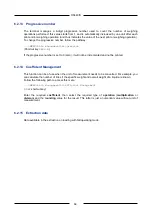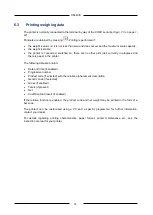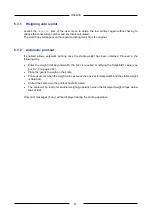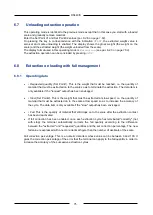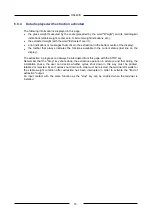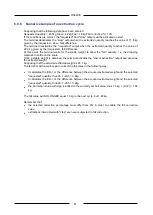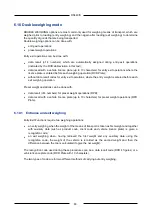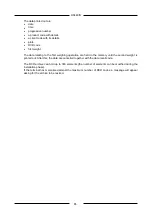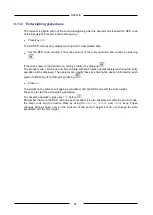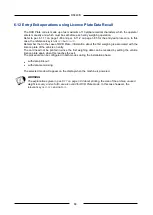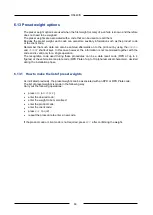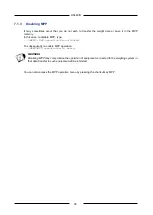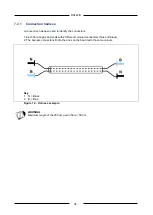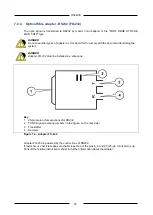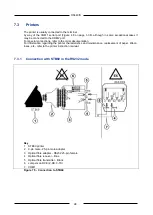
83
DS440IS
6.10 Double weighing mode
DOUBLE WEIGHING options are most commonly used for weighing means of transport, which are
weighed prior to loading (entry weighing) and then again after loading (exit weighing) to determine
the quantity of goods that are being transported.
Double weighing options can be done with:
entry-exit operations;
preset weight operations.
Entry-exit operations can be done with:
data recall (of 4 numbers) which are automatically assigned during entry-exit operations
(indicated by the RCD abbreviation in this text);
data recall with a vehicle licence plate (up to 10 characters) for entry-exit operations where the
licence plate is entered before each weighing operation (RCD Plate);
without data recall codes for entry-exit operations, where the entry weight is entered before each
exit weighing operation.
Preset weight operations can be done with:
data recall (of 4 numbers) for preset weight operations (RPD);
data recall with a vehicle licence plate (up to 10 characters) for preset weight operations (RPD
Plate).
6.10.1 Entrance and exit weighing
Entry-Exit Functions require two weighing operations:
an entry weighing when the weight of the means of transport is taken as first weight and together
with auxiliary data (such as product code, client code and vehicle licence plate) is given a
recognition code;
an exit weighing when, having retrieved the first weight and any auxiliary data using the
recognition code, the weight of the vehicle is recorded as the second weight and then the
difference between the two is calculated (to give the net weight).
The recognition code used during these procedures can be a data recall code (RCD 4 figures) or a
vehicle licence plate code (RCD Plate with 10 characters).
The two types of code are for two different methods of carrying out entry weighing.

